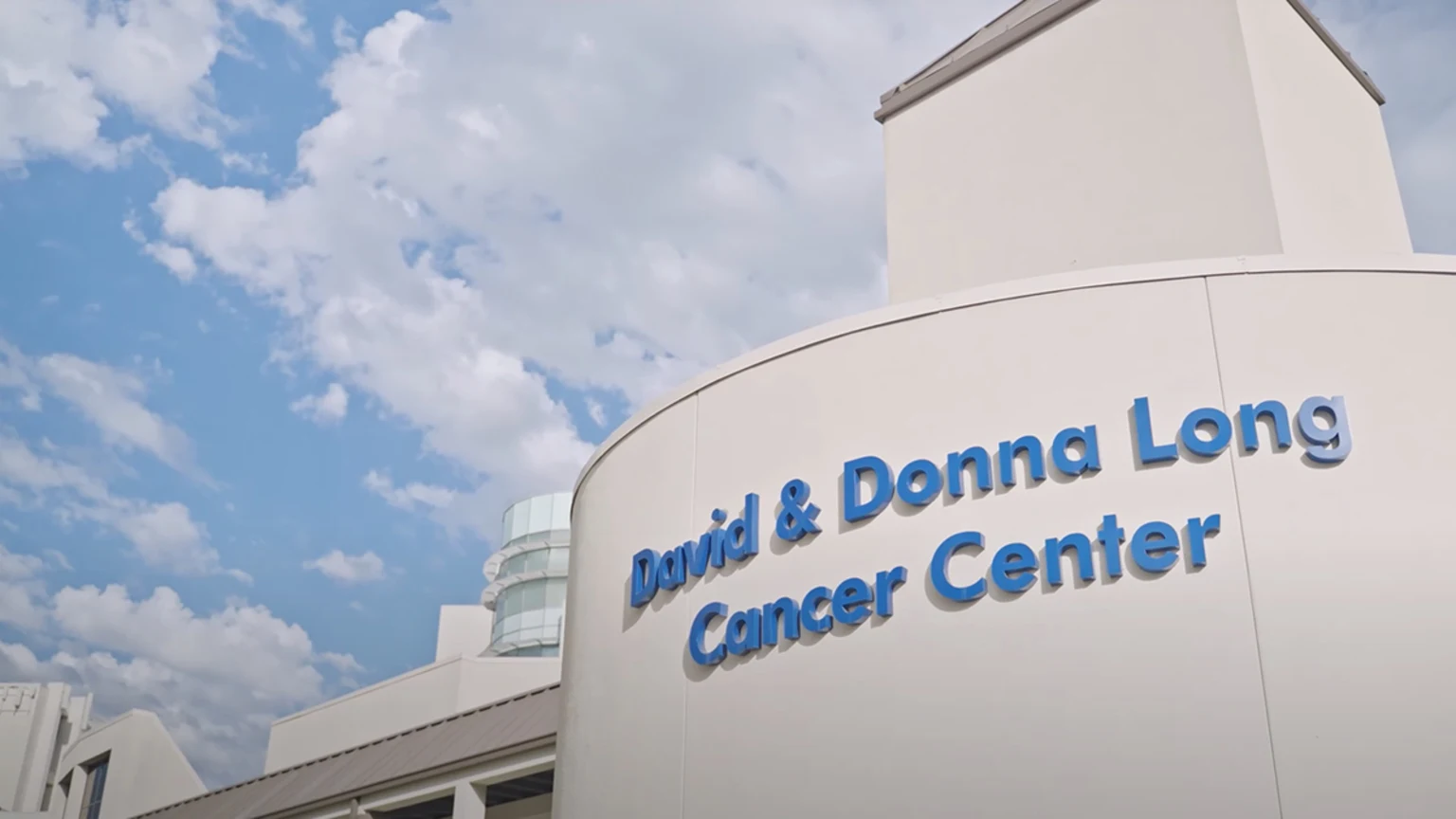Radiation therapy for cancer treatment

Find an oncologist near you
Choose the San Diego cancer specialist who's right for you.
At Sharp, we offer the newest and most sophisticated radiation planning and treatment equipment. This allows for accurate treatment planning, minimizing side effects and optimizing outcomes.
Radiation therapy treatments and techniques
At Sharp, we offer the following radiation therapies:
Certain techniques are available to help complement specific radiation therapy treatments. These include:
What to expect during radiation treatment
Your initial visit will be a consultation with one of our radiation oncologists to determine if radiation therapy might benefit you. If radiation therapy is recommended, your next appointment will likely involve a CT scan, which will be used to identify the area(s) needing to be treated. Over the next few days, the radiation oncology team will carefully design your radiation therapy plan. Once your plan is completed, you will start your radiation treatments.
Your initial radiation therapy visit and consultation
At your first visit, a Sharp-affiliated radiation oncologist will evaluate your condition and determine if you could benefit from radiation therapy.
The doctor will obtain a medical history, perform a physical examination and review your medical records and X-rays; your doctor may also order some additional tests
If you and your doctor decide that you will undergo radiation treatment, your doctor will explain the treatment and have you sign a consent form
Please bring photo identification, a list of medications, insurance card, referral forms, X-rays and any medical records that you have
Remember to write down and bring a list of your questions
You may also find it beneficial to bring a family member or friend for support
CT simulation
Once radiation therapy is decided upon, you will have a CT simulation scan.
Computerized tomography (CT) simulation is used to plan the radiation treatment fields; the CT simulator is not diagnostic and does not deliver radiation treatment.
Patients are placed in a CT machine so that special images can be obtained.
If you are receiving radiation to the head and neck area, a mask will be made for you at this time to be used throughout your radiation treatment. NOTE: If you are claustrophobic, please inform the doctor or nurse before the day of simulation.
Expect to remain in one position for 30 to 45 minutes. Special, individually constructed mobilization devices may be used to help achieve alignment while keeping you still and in the optimal position.
You will be given multiple "tattoos," which mark the treatment fields. The tattoos resemble small freckles and serve as a "target" for the radiation.
When your radiation treatment plan is completed, you will be contacted to schedule your radiation treatment appointments.
Outpatient radiation treatment
Usually, radiation treatment starts a few days to a week after the CT simulation.
It is important not to miss treatments and to arrive on time to your appointments.
A daily radiation treatment typically lasts 10 to 15 minutes in the treatment room. Expect to be in the treatment room longer on your first day of radiation treatment to allow for initial set-up and explanation of the process.
On the first day and once each week an X-ray of the area being treated will be taken to confirm you are being positioned accurately during treatment. These "port films" are not diagnostic and do not show the progress of your treatment.
It is important to be able to relax, lie quietly and breathe normally during the treatment. If you require pain or antianxiety medication, it is recommended that you take it prior to coming in for your treatment.
Radiation therapy is generally given once a day, five days a week, usually at the same time each day.
The number of treatments needed is determined by your doctor and typically varies between one to eight weeks.
Receive care from our expert radiation treatment team
Your care is provided by a multidisciplinary team of professionals to ensure that you receive the individual care you need. In addition to specially trained oncology nurses and your radiation oncologist, your care team may include:
Case managers to help you navigate your treatment journey
Dietitian to help you follow a healthy eating plan, maintain your weight and tolerate food
Social worker to provide individual, family and group support services
Excellence in delivering high-quality patient care
Our team of expert radiation oncologists provides compassionate treatment to our patients in the safest manner possible. With our standards for high quality and safety processes at Sharp, we have been nationally recognized with accreditation by the American Society for Radiation Oncology Accreditation Program for Excellence (APEx).
Radiation therapy treatment in San Diego
Receive radiation therapy treatment at one of our Sharp locations.


